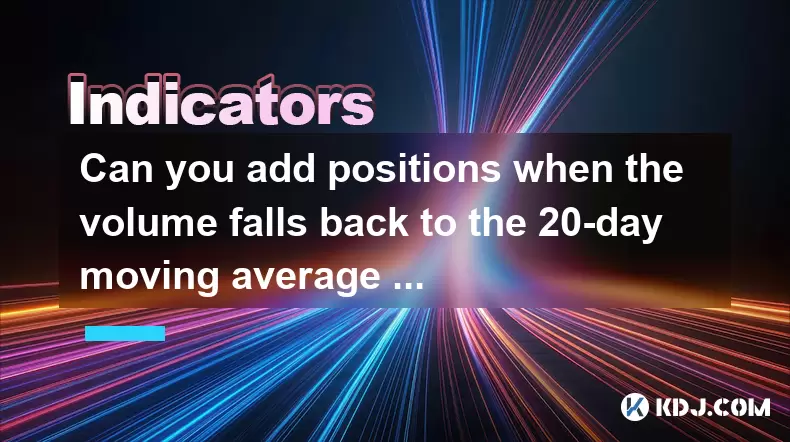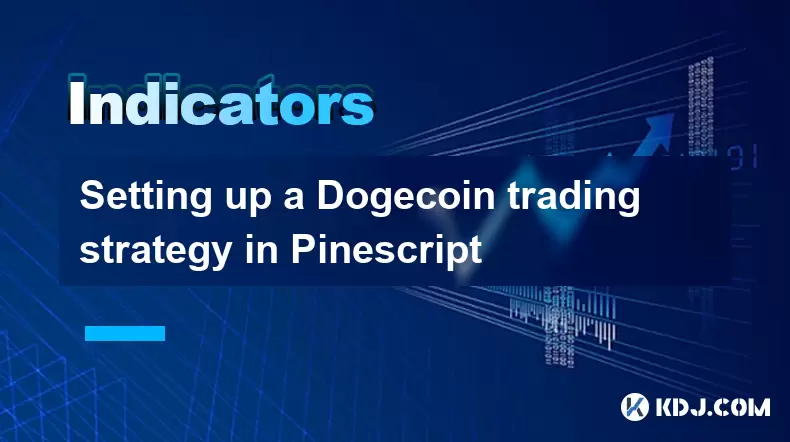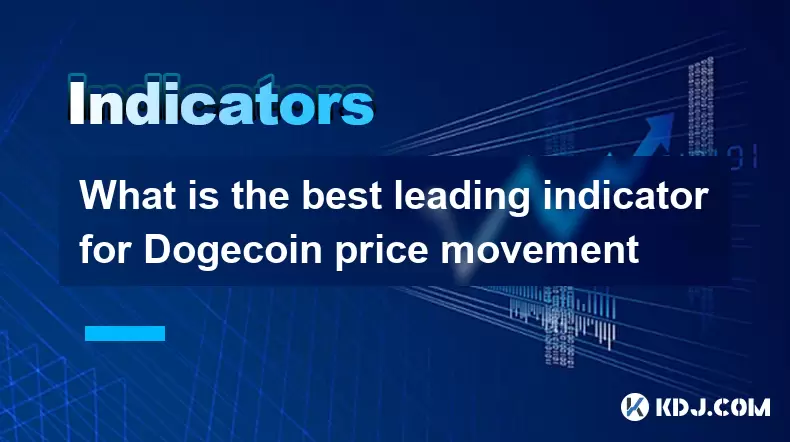-
 Bitcoin
Bitcoin $108,641.9143
0.44% -
 Ethereum
Ethereum $2,539.5956
0.97% -
 Tether USDt
Tether USDt $1.0007
0.04% -
 XRP
XRP $2.2777
2.50% -
 BNB
BNB $660.2073
0.79% -
 Solana
Solana $151.1059
2.08% -
 USDC
USDC $1.0004
0.05% -
 TRON
TRON $0.2838
-0.03% -
 Dogecoin
Dogecoin $0.1698
3.57% -
 Cardano
Cardano $0.5835
1.74% -
 Hyperliquid
Hyperliquid $39.4787
0.07% -
 Sui
Sui $2.9330
1.09% -
 Bitcoin Cash
Bitcoin Cash $489.1023
1.31% -
 Chainlink
Chainlink $13.3775
1.61% -
 UNUS SED LEO
UNUS SED LEO $9.0201
-0.04% -
 Avalanche
Avalanche $18.2176
2.06% -
 Stellar
Stellar $0.2417
1.98% -
 Toncoin
Toncoin $2.9355
7.33% -
 Shiba Inu
Shiba Inu $0.0...01181
3.23% -
 Litecoin
Litecoin $87.9775
1.54% -
 Hedera
Hedera $0.1569
1.54% -
 Monero
Monero $316.0995
1.13% -
 Polkadot
Polkadot $3.3970
1.36% -
 Dai
Dai $1.0002
0.02% -
 Ethena USDe
Ethena USDe $1.0002
0.00% -
 Bitget Token
Bitget Token $4.4094
0.33% -
 Uniswap
Uniswap $7.4035
6.32% -
 Pepe
Pepe $0.0...01016
4.88% -
 Aave
Aave $275.5935
1.55% -
 Pi
Pi $0.4565
-0.89%
Can you add positions when the volume falls back to the 20-day moving average in an upward trend?
In crypto trading, the 20-day MA helps spot trend strength; pullbacks with low volume often signal buying opportunities, especially when confirmed by candlestick patterns and RSI.
Jul 02, 2025 at 05:07 am

Understanding the 20-Day Moving Average in Cryptocurrency Trading
In cryptocurrency trading, technical indicators play a vital role in identifying potential entry and exit points. Among these, the 20-day moving average (MA) is one of the most widely used tools by traders to gauge the direction of a trend. It calculates the average price of an asset over the last 20 days and smooths out price fluctuations to reveal underlying momentum. When prices are trending upward and pull back to this average, it may signal a potential opportunity for traders to add positions.
The concept of mean reversion suggests that prices tend to return to their average levels over time. In a strong uptrend, a retracement to the 20-day MA often acts as a support level, offering a favorable risk-reward scenario for entering or increasing exposure. However, it's crucial to analyze volume alongside price action to confirm the strength of the trend and avoid false signals.
The Role of Volume in Confirming Trend Continuation
Volume is a key component when evaluating whether a pullback to the 20-day MA is genuine or just noise. A decline in volume during a price drop suggests weak selling pressure, which increases the likelihood that the trend will resume. Conversely, high volume during a pullback might indicate strong distribution and could warn of a potential reversal.
When considering adding positions during a volume pullback to the 20-day MA, look for volume contraction compared to previous bullish phases. This can be interpreted as profit-taking rather than panic selling. If the price stabilizes near the 20-day MA with decreasing volume, it often indicates that institutional buyers may be stepping in, absorbing the sell pressure.
How to Identify Valid Pullbacks in an Uptrend
To determine whether a pullback to the 20-day MA is valid for adding positions, follow these criteria:
- Ensure that the overall trend remains intact and that the 20-day MA is rising.
- Look for candlestick patterns such as pin bars, engulfing candles, or inside bars near the 20-day MA to confirm rejection of lower prices.
- Confirm that the Relative Strength Index (RSI) doesn’t show extreme oversold conditions unless the market is in a strong parabolic phase.
- Check that the price does not close significantly below the 20-day MA for multiple periods, which could signal weakening momentum.
These factors help filter out false signals and increase the probability of successful entries when adding to positions during pullbacks.
Executing the Trade: Entry, Stop Loss, and Position Sizing
Once a valid pullback to the 20-day MA has been confirmed, the next step is to execute the trade effectively. Here’s how you can structure your entry and manage risk:
- Place a buy order slightly above the high of the candle that touches or bounces off the 20-day MA to ensure confirmation of strength.
- Set a stop loss just below the recent swing low or beneath the 20-day MA, depending on volatility.
- Consider using a trailing stop once the trade moves into profit to protect gains while allowing room for the trend to continue.
- Adjust your position size based on your account risk, ensuring that no single trade exceeds a predetermined percentage of your portfolio.
This approach allows traders to enter with confidence while maintaining strict risk control measures.
Backtesting the Strategy on Historical Crypto Charts
Before applying any strategy live, it’s essential to test its effectiveness on historical data. To backtest the idea of adding positions when volume falls back to the 20-day MA in an uptrend:
- Use charting platforms like TradingView or CryptoCompare to apply the 20-day MA indicator across various cryptocurrencies such as Bitcoin, Ethereum, or altcoins.
- Filter for instances where the price pulled back to the 20-day MA during a clear uptrend.
- Observe how volume behaved during those pullbacks—was it declining or spiking?
- Measure the success rate of trades entered at those levels, including win/loss ratio and average gain per trade.
By conducting thorough backtesting, traders can refine their rules and gain confidence in the strategy before risking real capital.
Frequently Asked Questions
What if the price closes below the 20-day MA temporarily?
A single close below the 20-day MA isn't necessarily a sign of trend reversal, especially in volatile crypto markets. Wait for multiple closes below or signs of bearish candlestick patterns before invalidating the trend.
Can this strategy work on shorter timeframes like 1-hour or 4-hour charts?
Yes, but the reliability decreases due to increased noise and fakeouts. The 20-day MA is more effective on daily or weekly charts for confirming stronger trends.
Is it better to add all positions at once or scale in gradually?
Scaling in gradually allows for better risk management. You can allocate a portion of your position when the price touches the 20-day MA and add more if it continues to hold support.
How do I know if the uptrend is still valid after a pullback?
Look for higher highs and higher lows in price action, along with the 20-day MA continuing to slope upward. Also, check for positive divergences in momentum indicators like RSI or MACD.
Disclaimer:info@kdj.com
The information provided is not trading advice. kdj.com does not assume any responsibility for any investments made based on the information provided in this article. Cryptocurrencies are highly volatile and it is highly recommended that you invest with caution after thorough research!
If you believe that the content used on this website infringes your copyright, please contact us immediately (info@kdj.com) and we will delete it promptly.
- Litecoin Breakout Watch: What Traders Need to Know Now
- 2025-07-06 16:50:13
- Bitcoin, Solana, Ethereum: Decoding the Latest Buzz on the Blockchain
- 2025-07-06 16:50:13
- Widnes Resident's 50p Could Be Your Ticket to Easy Street: Rare Coin Mania!
- 2025-07-06 16:55:13
- Bitcoin, Solaris Presale, and Token Rewards: What's the Buzz?
- 2025-07-06 16:55:13
- Ethereum Under Pressure: Price Drop Amid Global Uncertainties
- 2025-07-06 17:00:13
- XRP, SEC Case, and Prosperity: A New Era for XRP Holders?
- 2025-07-06 17:10:13
Related knowledge

How to spot manipulation on the Dogecoin chart
Jul 06,2025 at 12:35pm
Understanding the Basics of Chart ManipulationChart manipulation in the cryptocurrency space, particularly with Dogecoin, refers to artificial price movements caused by coordinated trading activities rather than genuine market demand. These manipulations are often executed by large holders (commonly known as whales) or organized groups aiming to mislead...

What is the significance of a Dogecoin engulfing candle pattern
Jul 06,2025 at 06:36am
Understanding the Engulfing Candle Pattern in CryptocurrencyThe engulfing candle pattern is a significant technical analysis tool used by traders to identify potential trend reversals in financial markets, including cryptocurrencies like Dogecoin. This pattern typically consists of two candles: the first one is relatively small and indicates the current...

Dogecoin monthly chart analysis for long term investors
Jul 06,2025 at 10:08am
Understanding the Dogecoin Monthly ChartFor long-term investors, analyzing the monthly chart of Dogecoin (DOGE) provides a macro view of its price behavior over extended periods. The monthly chart captures major trends, key resistance and support levels, and potential reversal zones that are crucial for strategic investment planning. Unlike daily or hou...

How to manage risk using ATR on Dogecoin
Jul 06,2025 at 02:35am
Understanding ATR in Cryptocurrency TradingThe Average True Range (ATR) is a technical indicator used to measure market volatility. Originally developed for commodities, it has found widespread use in cryptocurrency trading due to the high volatility inherent in digital assets like Dogecoin (DOGE). The ATR calculates the average range of price movement ...

Setting up a Dogecoin trading strategy in Pinescript
Jul 06,2025 at 05:00pm
Understanding Dogecoin and Its Place in the Cryptocurrency MarketDogecoin (DOGE) is a decentralized, peer-to-peer cryptocurrency that was initially created as a joke but has since gained significant traction in the crypto market. Despite its humorous origins, Dogecoin has been adopted by a large community and supported by notable figures such as Elon Mu...

What is the best leading indicator for Dogecoin price movement
Jul 06,2025 at 06:00pm
Understanding Leading Indicators in CryptocurrencyIn the world of cryptocurrency trading, leading indicators play a crucial role in forecasting price movements before they occur. These tools are used by traders to anticipate potential market changes and make informed decisions. For Dogecoin (DOGE), which is known for its volatile nature and strong commu...

How to spot manipulation on the Dogecoin chart
Jul 06,2025 at 12:35pm
Understanding the Basics of Chart ManipulationChart manipulation in the cryptocurrency space, particularly with Dogecoin, refers to artificial price movements caused by coordinated trading activities rather than genuine market demand. These manipulations are often executed by large holders (commonly known as whales) or organized groups aiming to mislead...

What is the significance of a Dogecoin engulfing candle pattern
Jul 06,2025 at 06:36am
Understanding the Engulfing Candle Pattern in CryptocurrencyThe engulfing candle pattern is a significant technical analysis tool used by traders to identify potential trend reversals in financial markets, including cryptocurrencies like Dogecoin. This pattern typically consists of two candles: the first one is relatively small and indicates the current...

Dogecoin monthly chart analysis for long term investors
Jul 06,2025 at 10:08am
Understanding the Dogecoin Monthly ChartFor long-term investors, analyzing the monthly chart of Dogecoin (DOGE) provides a macro view of its price behavior over extended periods. The monthly chart captures major trends, key resistance and support levels, and potential reversal zones that are crucial for strategic investment planning. Unlike daily or hou...

How to manage risk using ATR on Dogecoin
Jul 06,2025 at 02:35am
Understanding ATR in Cryptocurrency TradingThe Average True Range (ATR) is a technical indicator used to measure market volatility. Originally developed for commodities, it has found widespread use in cryptocurrency trading due to the high volatility inherent in digital assets like Dogecoin (DOGE). The ATR calculates the average range of price movement ...

Setting up a Dogecoin trading strategy in Pinescript
Jul 06,2025 at 05:00pm
Understanding Dogecoin and Its Place in the Cryptocurrency MarketDogecoin (DOGE) is a decentralized, peer-to-peer cryptocurrency that was initially created as a joke but has since gained significant traction in the crypto market. Despite its humorous origins, Dogecoin has been adopted by a large community and supported by notable figures such as Elon Mu...

What is the best leading indicator for Dogecoin price movement
Jul 06,2025 at 06:00pm
Understanding Leading Indicators in CryptocurrencyIn the world of cryptocurrency trading, leading indicators play a crucial role in forecasting price movements before they occur. These tools are used by traders to anticipate potential market changes and make informed decisions. For Dogecoin (DOGE), which is known for its volatile nature and strong commu...
See all articles

























































































